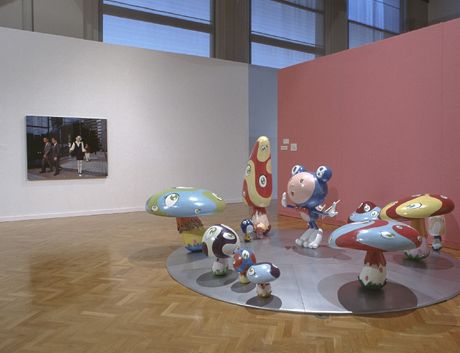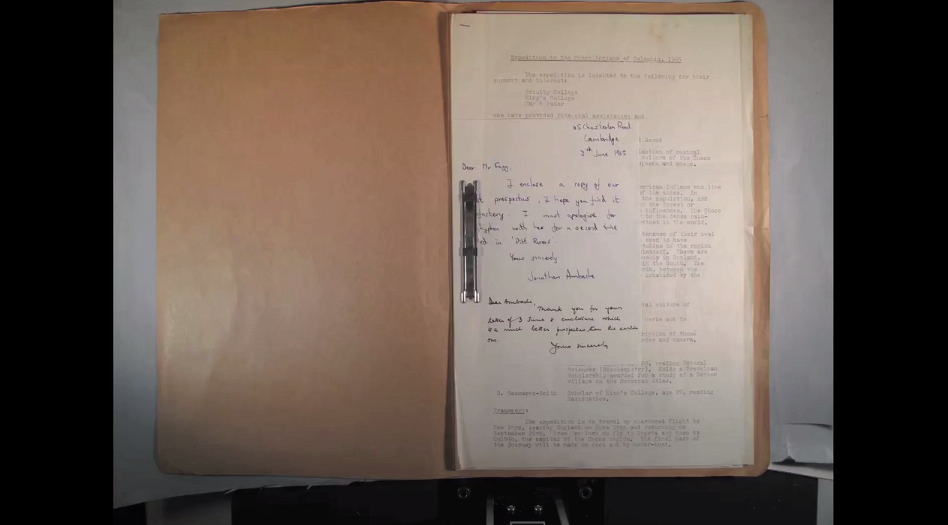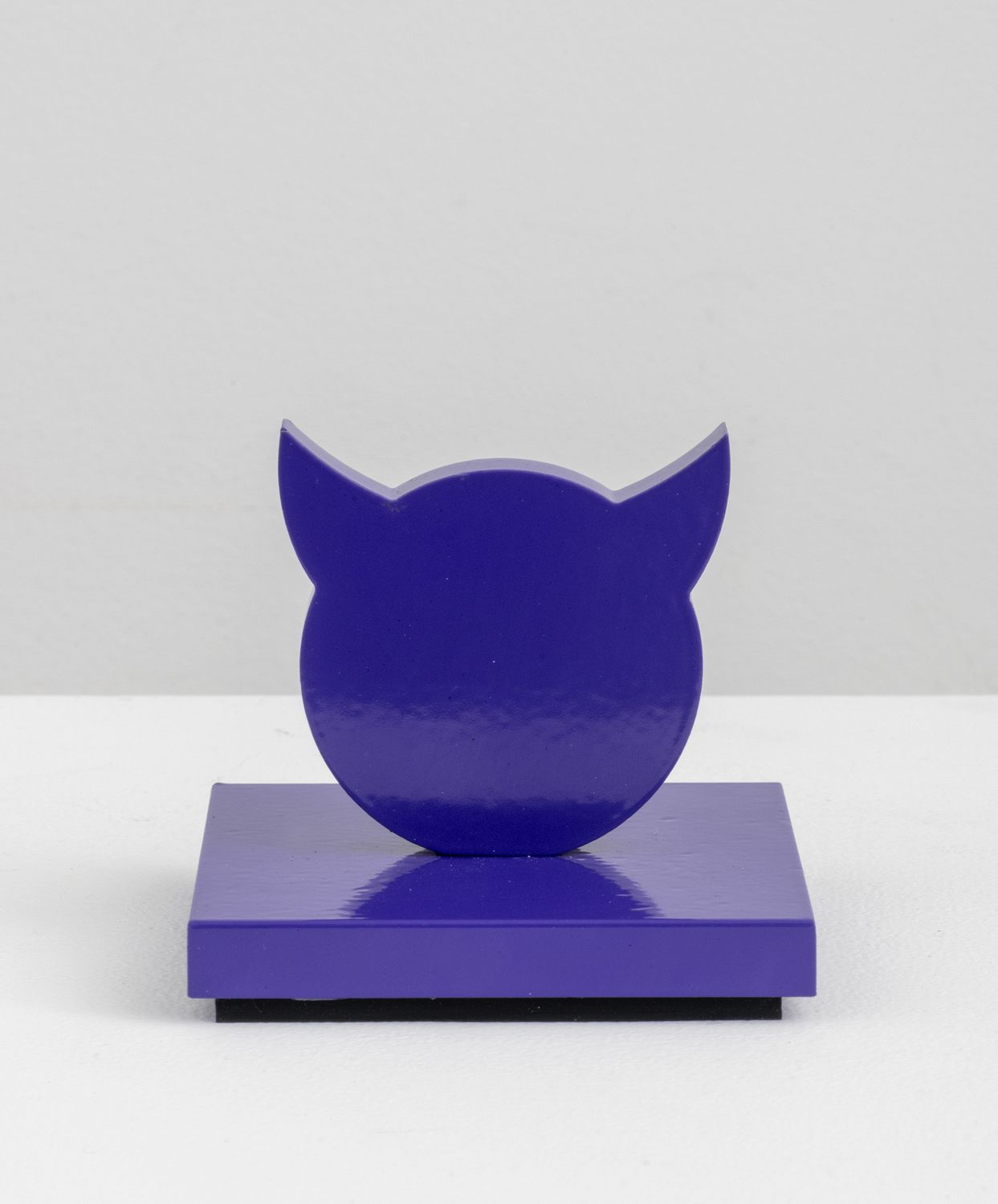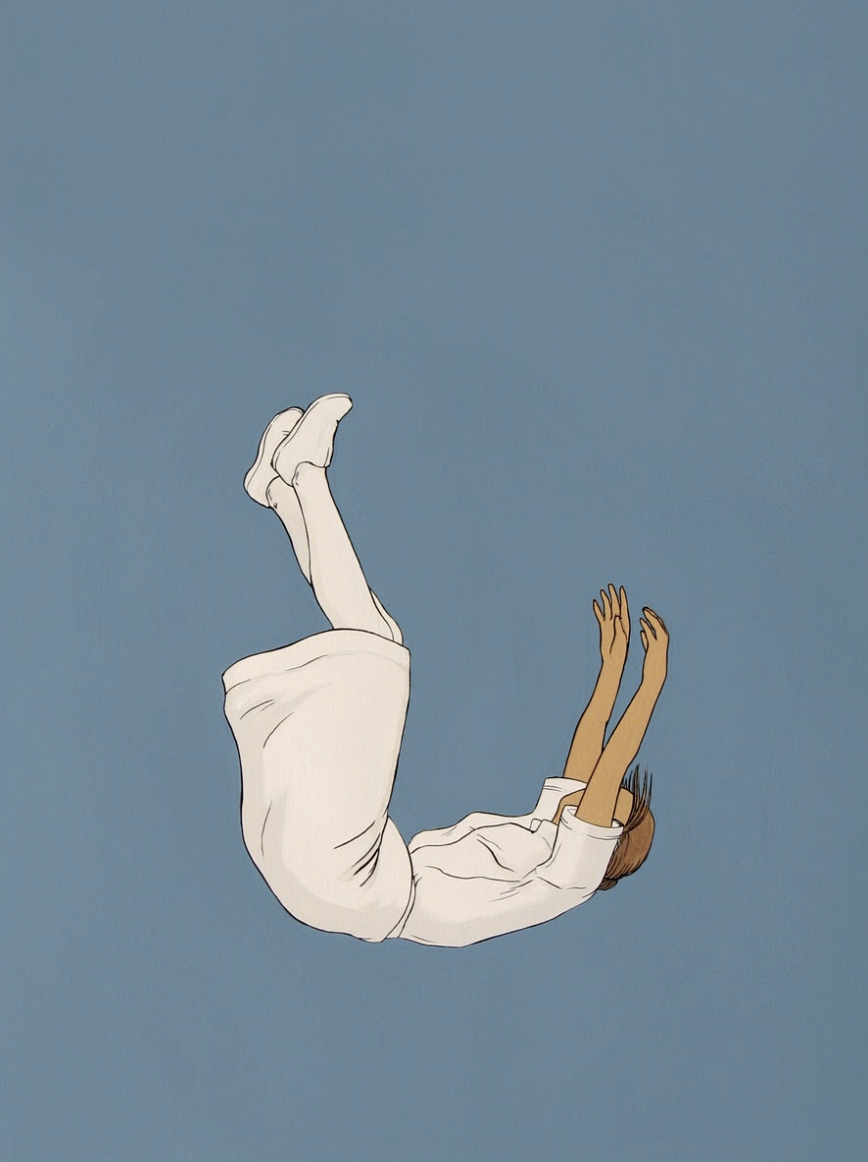Curator Mack McFarland developed this proposal during the Fall 2010 Curatorial Intensive in New York.
Operations Manual is a curatorial research project which explores, compiles, and presents the directive materials curators, preparators, registrars, and collectors receive from artists which detail the processes and methods for unpacking, arranging, installing, and caring for their works. These items take the form of drawings, photographs, collage, and written instructions most often created by the artists themselves and delivered in the container or crate with the work. Amassing, analyzing, and exhibiting these documents will reveal, insights, tricks, and secrets, adding to the discourse of artistic practice, as well as the emerging conversations regarding the curator as producer.
At times the directive materials will accompany their correlating works, coupled with notes and comments from the installation team. These displays will illustrate the application, relevance, and value of these instructions, while furnishing the viewer with a clear behind-the-scenes look at the process for mounting these works in the space. In other instances the instructions will stand-alone, as curious, archival and in some cases historical documents. The visitors are then placed in the situation curators find themselves in, visualizing a work from a series of sketches, photos, and notes.
This presentation of only the instructional materials will be similar to the experience of the publication, however the content of the publication will be expanded greatly to include documents from individuals and institutions from across the art world. Through the inclusion and exploration of a greater sample of these documents, their importance as not only interesting archival ephemera, but as the indispensable material culture of gallery and museum workers will be revealed. For how else will we be able to exhibit the work of Sarah Sze, Tony Feher, Tim Hawkinson, Barbra Kruger, Marina Abramovic, Hans Haacke, and many others in 50, or 100 years? And how are we today installing the works of Eva Hesse, Jason Rhodes, Naum Gabo, Nam June Paik, and other artists no longer with us? These instructions are the means of communications between artists and installers over great periods of time, and also serve as a way of passing installation tips and notes from one curator or preparator to another. I myself was assisted by unknown persons in the installation of a Tracey Emin neon piece who had written a suggestion on the installation guide to use a different kind of hardware than the one that came with the work.
By compiling and making public these directive materials which allow these works to live on authentically, Operations Manual will move viewers towards what French philosopher Jacques Ranciere refers to as an emancipated spectator. Ranciere’s viewer is not constrained or restricted, but is cognizant of her own gaze, and aware of the factors that condition the gaze. To achieve this state she must be privy to the who, what, how of that upon which her gaze falls. As Ranciere puts it, “Emancipation is the process of verification of the equality of intelligence.” Through the disclosure of the artistic process via the museological installation documents, the emancipated spectator is provided a new resource towards an egalitarianism of seeing.
Operations Manual will not be the Gettysburg Address of art viewer emancipation, but with contemporary rhetoric of government transparency in the age of Wikileaks, it’s an apt moment to reveal the plans of Solomon's Temple, introducing these fascinating instructional documents into the public realm.






